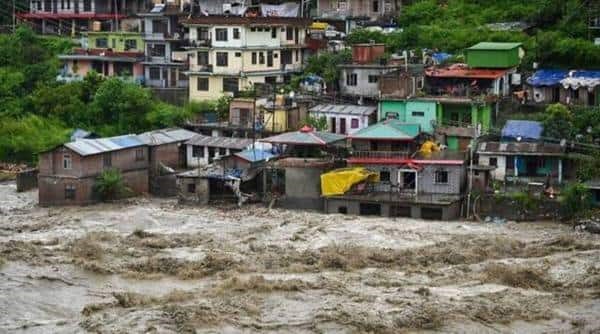Free Courses Sale ends Soon, Get It Now


Free Courses Sale ends Soon, Get It Now



Disclaimer: Copyright infringement not intended.
Context
Details
Why is Himachal Pradesh demanding assistance?
How are states assisted during natural disasters?
What is the NDRF?
What exactly is a severe disaster?
The 15th Finance Commission (for 2021-22 to 2025-26) Methodology
|
PRACTICE QUESTION Natural disasters including floods, cyclones, and earthquakes are becoming more often and severe in India. Discuss the issues that the country faces in dealing with similar tragedies in this situation. |
© 2024 iasgyan. All right reserved